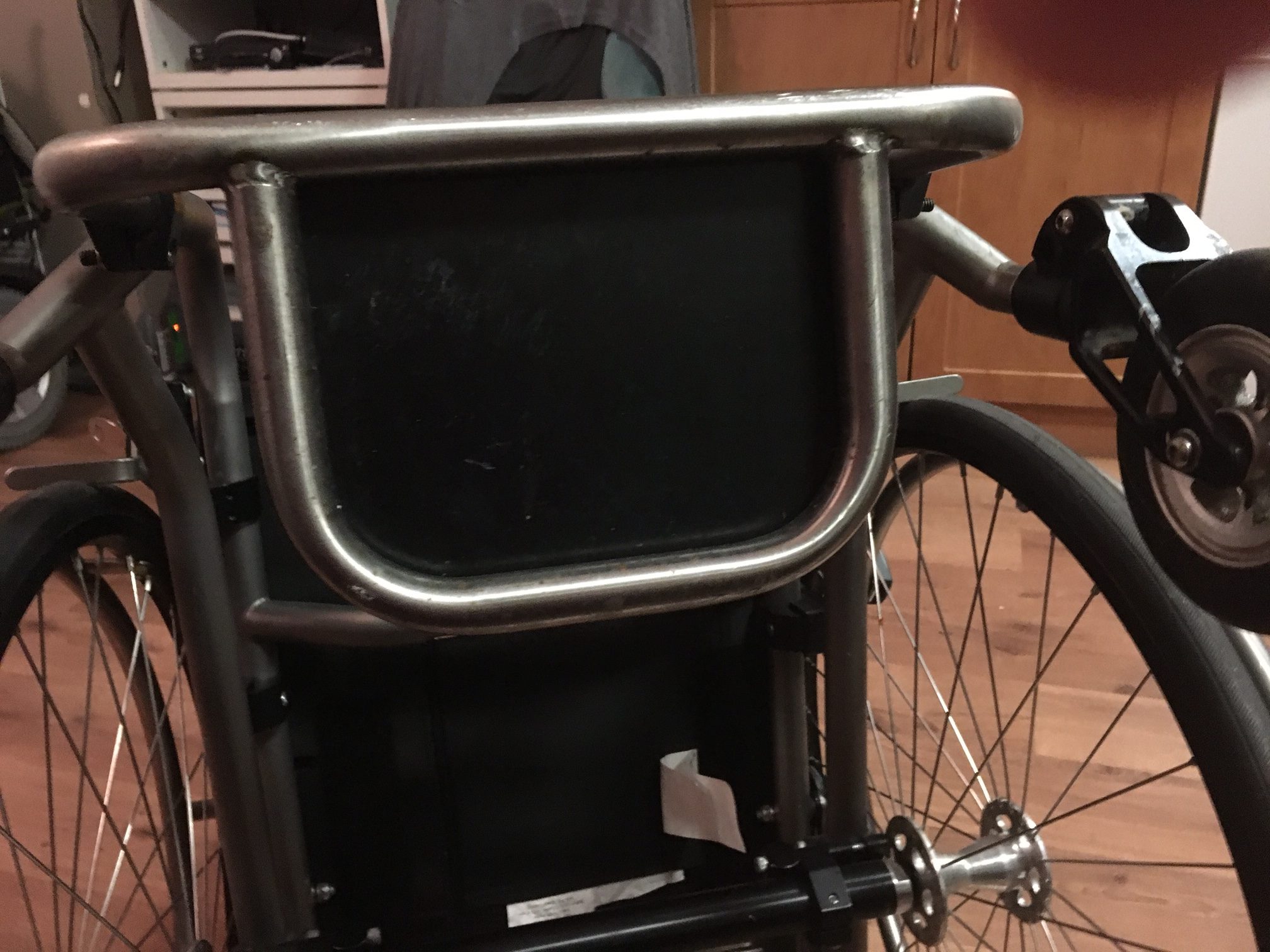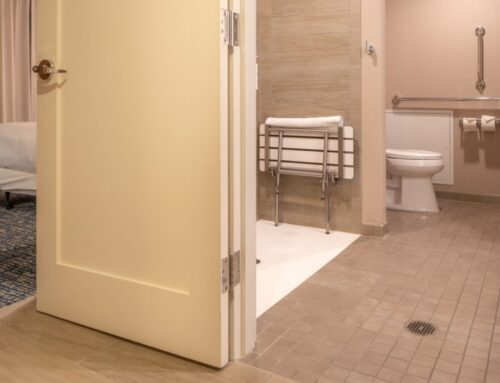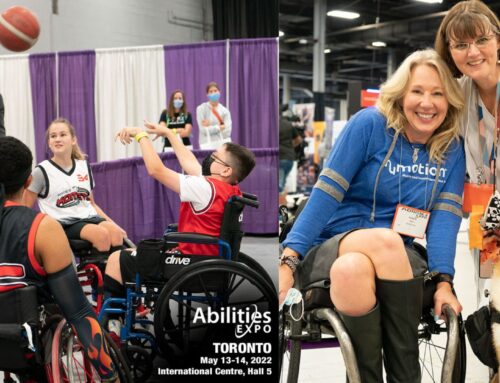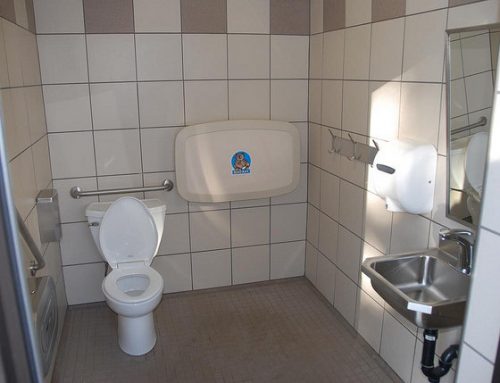When I was in high school, my friends and I almost never ate lunch in the cafeteria; everyone I hung out with lined the hallway floors. Sometimes, if I was feeling up to a little discomfort, I’d get out of my customized wheelchair and sit on the floor with them –it was nice to get down on their level every once and a while, considering how often they did it for me.
“Ninety-five per cent of my waking life is spent sitting in that chair, so yeah –it better be comfortable.”
Over the years, I’ve let a handful of my friends sit in my customized wheelchair, on rare occasions when I’m not occupying it. Everyone’s initial reaction is more or less the same: “We can’t believe how comfortable this is!” My response is always the same, “Ninety-five per cent of my waking life is spent sitting in that chair, so yeah – it better be comfortable.”
When you are living with a disability or conditions that requires seating and mobility devices – whether wheelchair, walker, rollator, or scooter – a thorough assessment and appropriate prescription of device is integral to your well-being.
My wheelchairs were customized for me – from the cushions, back rests and footplates to the dimensions and accessories… everything. That customization started with a physiotherapist that knew my disability, my limitations, my physical discomforts, my requirements for independent function, and my functional capacity. With all of this information, both my manual and powered wheelchairs reflect a highly specific wheelchair prescription.
My seat cushion is a specific make, brand and mould, made to facilitate particular elements of proper posture. The footplate on my titanium chair is not simply a slab of quarter-inch-thick metal, it’s reinforced with the titanium framing so that I can stand on it without it bending out of shape. The fact that I have a titanium manual wheelchair is not for the sake of appearances – the lightweight durability of the chair allows me to propel manually, despite having limited hand function.
Everything that exists on my customized wheelchair to maximize my function, comfort and independence was recommended and approved by a physiotherapist.
I have a left-hand-drive powered wheelchair, which has to be specially ordered, because powered wheelchairs are built to be right-handed by default. I can’t grip well with my right hand, nor do I have the finite control of movement required to drive and steer a chair, so it was imperative the wheelchair prescription was customized to my needs. In addition, my footplate can automatically elevate to address circulation issues in my lower extremities.
Everything that exists on my customized wheelchair to maximize my function, comfort and independence was recommended and approved by a physiotherapist. A physiotherapist who not only could assess me clinically, but also be able to listen and take in what I told them I needed. Being an advocate is only half the battle – the other part is making sure that people hear you. Even the sizes of my chairs are made-to-measure! Due to my petite frame, my seat and cushions are also customized.
When I was eighteen, I got my first ever power chair with a seat elevator on it. This was very exciting –I was telling my teachers and my friends how wonderful it was going to be. One of my teachers asked me why I needed a seat elevator because surely there was no “therapeutic” reason for it. He couldn’t imagine why in the world would I need a chair that could raise up and down. The teacher who posed this question was nearly 6 feet tall. I smiled and told him to stand right in front of me, without adjusting his position or gaze to compensate for my seated position. I, in turn, was not going to adjust my gaze when he stood less than an inch from my footplate. Lo and behold, I was staring at his belt buckle.
Through appropriate and proper wheelchair prescription, physiotherapists have helped to improve my mobility and independence at home and in the community.
I went on to explain that in addition to adjusting my height, a seat elevator would allow me to fulfill the most basic tenants of independence: reaching things on high shelves, being able to do more shopping, improving my independence in activities of daily living, and completing errands in the community on my own. This opened up my world of possibilities.
Now that you have a bit of an idea of how unique mobility devices are, even if you can’t tell when looking at them, imagine what happens when a customized wheelchair – made to fit and maximize the quality of life of the individual owner – breaks. Imagine when parts need to be ordered, and until things are working, the user’s life effectively comes to a standstill. I, for instance, may have two wheelchairs, but only one of them affords me freedom out in the community, without needing to rely on the kindness and assistance of friends or strangers. So when something on my power chair malfunctions, like the battery, or a screw is loose or something in my armrest snaps, I’m effectively housebound until it’s fixed.
If I weren’t working with physiotherapists and providers that listened to me and cared about my needs above all else, my life would literally be agony. Customized wheelchairs and equipment need to be respected and addressed accordingly. Through appropriate and proper wheelchair prescription, physiotherapists have helped to improve my mobility and independence at home and in the community.
The opinions expressed in this article are those of the guest author and do not necessarily represent or reflect Propel Physiotherapy.







